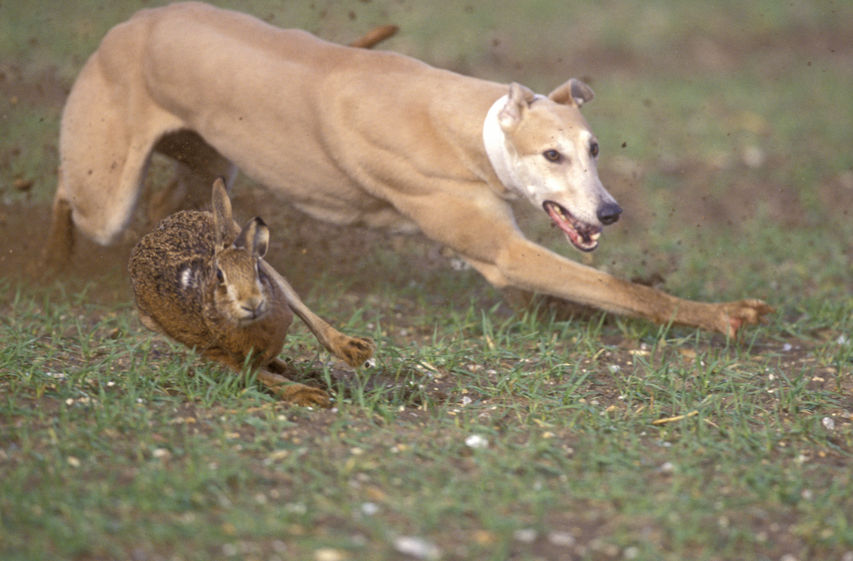
More than 300 incidents of hare coursing has been recorded in the space of one month in Lincolnshire, severely impacting local farmers and their livelihoods.
Hare coursing continues to be an issue of concern for rural communities across the UK.
In November, Lincolnshire Police recorded 306 incidents of hare coursing, giving a three month total of 690 incidents.
This equates to an average of 10 incidents a day in November.
Some days there are no reports of hare coursing and other days there have been up to 24 incidents reported.
Lincolnshire Police's Operation Galileo has been in place to tackle hare coursing and wider rural community safety.
The force says it recognises the impact that hare coursing has on farmers and their families, their staff and wider rural communities.
'Upturn' in cases
NFU’s Lincolnshire county adviser, Danny O’Shea said there has been an "upturn" in coursing activities, especially in the last three weeks.
“We are keen to see Lincolnshire Police take action against these criminals and send the uncompromising message to hare coursers that they are not welcome in our county.
“It is good news that action is being taken, and NFU will continue to work with Lincolnshire Police to tackle these frightening and ruthless criminals.
“We want Lincolnshire Police to continue to improve their response rates to reports of coursing; we must see greater conviction rates and tougher sentences and increased numbers of dogs, vehicles and the proceeds of crime seized.”
So far this year Lincolnshire Police have arrested or reported 30 men, and 40 hare coursers’ dogs and 15 hare coursers’ vehicles have been seized.
Looking out for hare coursing
Farmers and landowners can help fight hare coursing by looking out for activity in the area.
The most obvious sign is groups of vehicles parked in a rural area, perhaps by a gateway to farmland, on a grass verge, on a farm track or bridle path.
They will usually be estate cars, four wheel drives or vans. It will be obvious looking inside whether there is evidence of dogs or not.
They often travel in convoy, with vans at the front and rear containing ‘minders’, and will often use binoculars to spot hares.
Coursers will often walk along the edge of a field to frighten a hare into the open.
